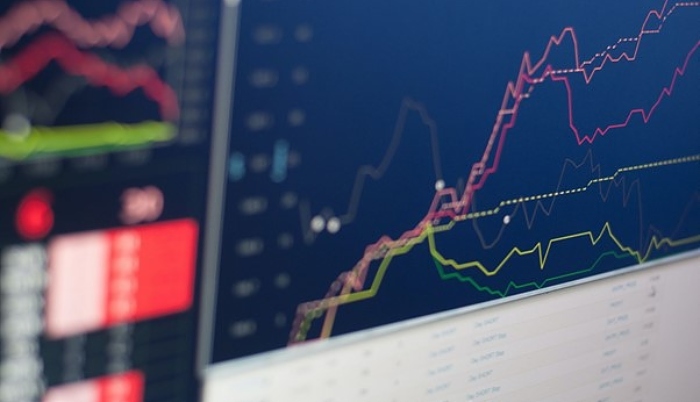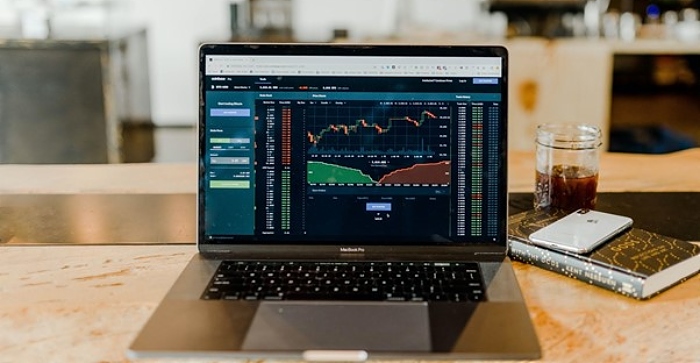
Are you thinking about starting a business in the foreign exchange market?
You will need to have a comprehensive knowledge of a variety of facts pertaining to the sector.
Each year, new participants enter and leave the foreign exchange market, establishing their own trading view of the market.
This market is frequented by both large corporations and individuals acting on their own.
The currency market has become significantly more active, and the markets overall have become more active.
Because it is one of the simplest markets to enter, forex trading is considered by many individuals who are interested in making some money on the financial market to be an excellent alternative.
If you want to go into this line of work, you absolutely must familiarise yourself with a few fundamental concepts.
Let’s look at some of the items on the list that follows.
1. An Analysis of Forex
Forex analysis will likely be one of the first topics that you come across.
The two primary ways of thinking that you’ll come across are known as, fundamental analysis and technical analysis.
The process of analysing a market while considering significant aspects of the economy is referred to as fundamental analysis.
In the context of this discussion, we will be looking at macroeconomic variables such as GDP, inflation, and others.
Through conducting fundamental research, a trader can gain insight into the long-term outlook for the market.
On the other hand, technical analysis is dependent on the movement of prices and the momentum of the market.
This kind of analysis is carried out on a daily and even an hourly basis.
2. Range Trading
Range trading is another essential aspect of forex trading, and newcomers should familiarise themselves with it as soon as possible.
Trading in this manner takes into account both the supply and demand on the market, in contrast to trend-following trading, which ignores these factors.
Ranging traders often focus their attention on the market’s tendency toward consolidation.
Since it is anticipated that the market will experience an overall consolidation of 70%, these traders may have a greater opportunity to profit.
However, there are a few disadvantages associated with range following.
As a result of the high levels of volatility in the market, traders who focus on range trading are subjected to this volatility for extended periods.
In addition, it is frequently difficult to pinpoint the two extremes of the range with accuracy.

3. Leverage
The amount of leverage that can be used in the financial markets by traders is variable.
In the foreign exchange market, leverage is typically made available to all traders at a ratio of 100 to 1.
You need a complete understanding of the concept of leverage in order to be successful as a beginner.
Leverage is frequently abused by many traders, which results in the traders’ significant and ongoing financial losses.
The utilisation of leverage ought to be restrained, with due consideration given to the trading account.
When it comes to the availability of leverage, traders need to pay attention because risk management is a crucial part of forex trading, and there is a lot of room for profit.
Leverage is made available by forex brokers, who serve in the role of intermediaries between traders and the currencies being traded.
4. Trends
In addition to this, you need to educate yourself on the concept of “trend-following.”
In the field of technical analysis, “trend following” describes the situation in which a trader monitors the movement of prices and then decides whether to buy or sell based on the indications.
Following trends is necessary for running a profitable business.
The vast majority of traders who participate in trading over short time frames frequently adopt this concept.
However, there are some risks involved in following trends. To begin, the technologies that follow trends have a low degree of accuracy.
Additionally, market trends only materialise about one-third of the time.
5. Trading Technique
A new trader will quickly become familiar with a wide variety of trading strategies. Scalping and day trading are currently the two trading methods that have the most users.
Day trading entails maintaining a constant vigilance toward the market and transacting multiple times over the course of a single day.
On the other hand, scalping refers to the practice of engaging in several very small transactions in a short amount of time, typically just a few minutes.
The market is dominated by the debate between day trading and scalping, even though there are many different trading methods.
This is the case because retail traders who focus on the short-term use both trading strategies.

Conclusion
If you’re just starting out in the foreign exchange market, there are a lot of different concepts you should get familiar with.
Trading currencies entails a wide variety of different tasks, and it is also characterised by the constant introduction of new ideas.
The market is made up of a wide variety of distinct entities, and there is an endless supply of different approaches to conducting business that can be profitable.
Every day, traders make use of a wide variety of tools, technological advancements, and information sources.
On the other hand, the concepts are quite common in the industry, and newcomers will most likely struggle initially to compete with them.
It is essential to have a solid understanding of these concepts before starting to trade in any market.
(Featured image https://unsplash.com/photos/Wb63zqJ5gnE)


















Recent Comments